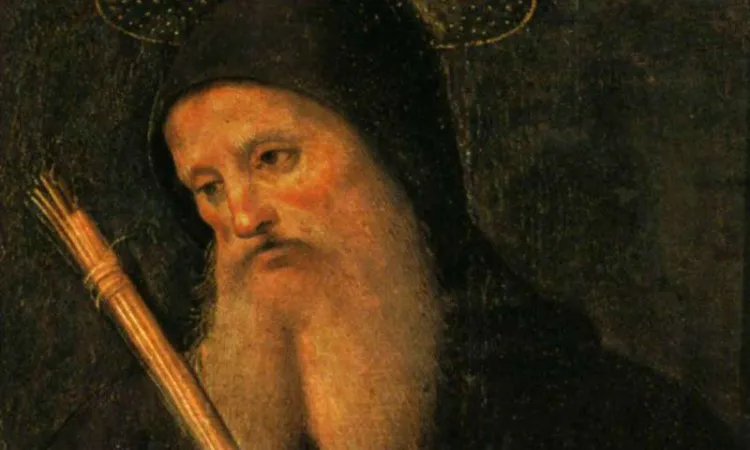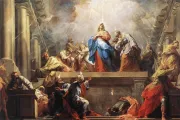Jul 14, 2018
On July 11, the Catholic Church commemorates the great life and legacy of St. Benedict of Nursia. He was born around the year 480 in Umbria, Italy. He is a called father of Western Monasticism and co-patron of Europe (along with Saints Cyril and Methodius). The monk named Benedict was chosen as a patron due to his extraordinary influence on establishing Christianity in Europe and thus securing the Christian foundations of European civilization and the entirety of Western culture.
As a young man, Benedict of Nursia fled a decadent and declining Rome for further studies and deep prayer and reflection. He gave his life entirely to God as a son of the Catholic Church. He traveled to Subiaco; the cave which became his dwelling, the place where he communed deeply with God is now a shrine called "Sacro Speco" (The Holy Cave).
Right before his election to the Chair of Peter, Joseph Cardinal Ratzinger traveled to the holy cave for a period of protracted prayer. In a General Audience on April 29, 2008, he spoke at length of Benedict whom he called the "Patron of His Pontificate." Now, he lives as a monk on the grounds of the Vatican, praying for that renewal to continue under the leadership of his successor, Francis. (add http://w2.vatican.va/content/benedict-xvi/en/audiences/2008/documents/hf_ben-xvi_aud_20080409.html to general aud.)
St. Benedict of Nursia lived a life of prayer and solitude for three years and studied under a monk named Romanus. His holiness drew other men and women and soon, twelve small monasteries were founded. He later traveled to Monte Cassino, where he completed his rule for monks. From those Benedictine monasteries, an entire movement was birthed which led to the evangelization of Europe and the emergence of an authentically Christian culture. It can happen once again in the Third Christian Millennium.



